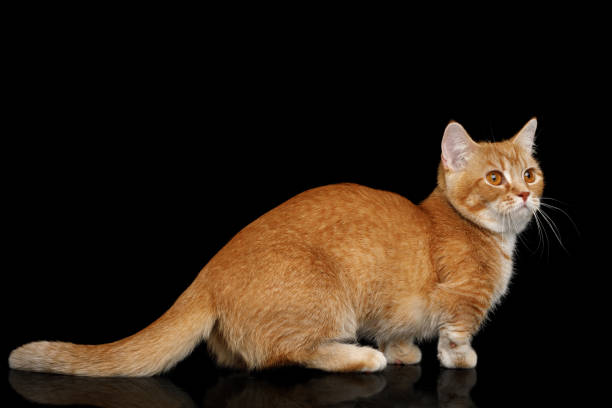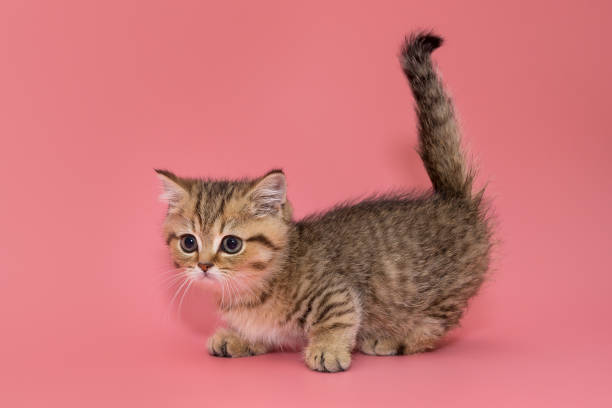Munchkin

History:
The Munchkin is a relatively new breed known for its distinctive short legs caused by a natural genetic mutation. The breed was first brought to public attention in the early 1990s when a female cat named “Bean” was discovered in Louisiana with unusually short legs. Breeders began selectively mating cats with this mutation to establish the Munchkin breed. Despite initial controversy over health concerns, the breed has gained recognition by cat associations such as TICA. The Munchkin’s charming appearance and lively personality have made it increasingly popular worldwide. The breed name comes from the diminutive characters in “The Wizard of Oz,” reflecting their small stature and playful nature.
Size: Small to medium-sized cat
Height: 15–20 cm
Weight: 2.5–4.5 kg
Life Expectancy: 12 to 15 years

Breed Appearance:
Munchkins have a medium-sized, well-proportioned body with short, sturdy legs that give them a distinctive low-to-the-ground silhouette. Their body is muscular and athletic despite their shortened limbs. The head is wedge-shaped with large, expressive eyes and ears that vary in size but are usually medium and set well apart. Coat length can be short or long, with a variety of colours and patterns accepted, from solid to tabby and more. Their tails are medium length and proportional to the body. The overall look combines cuteness with agility and alertness.
Health & Care:
Munchkins are generally healthy cats, but their short legs mean they may be prone to spinal problems, joint issues, and arthritis as they age. Responsible breeders screen for genetic diseases and maintain good breeding standards. Regular veterinary checkups, a balanced diet, and appropriate exercise help maintain their health. Their coat requires grooming depending on its length; short-haired Munchkins need weekly brushing, while long-haired ones require more frequent care. Mental and physical stimulation is important to keep them active and happy.

Living Conditions:
Munchkins adapt well to indoor living in apartments or houses, provided they have safe spaces to explore and climb. They are social and affectionate, often forming strong bonds with their owners and enjoying interactive play. They typically get along well with other pets and children, making them excellent family companions. Due to their playful and curious nature, they benefit from toys and environmental enrichment to prevent boredom.
Grooming:
Grooming depends on the coat type: short-haired Munchkins require minimal maintenance with weekly brushing, while long-haired varieties need more frequent grooming to prevent mats and tangles. Regular nail trimming, ear cleaning, and dental care are necessary. Bathing is occasional but can be done when needed. Good grooming helps maintain their coat’s shine and overall health.

Advantages:
-
Munchkins are playful, affectionate, and social cats that thrive on human interaction.
-
Their unique short legs give them a charming and unusual appearance.
-
They adapt well to various living environments and enjoy interactive play.
-
They typically have a friendly temperament and get along well with children and other pets.
-
The breed combines agility and cuteness, making them entertaining and lovable companions.
Disadvantages:
-
Due to their shortened legs, Munchkins can be prone to spinal and joint issues, requiring careful health monitoring.
-
Long-haired Munchkins need more grooming commitment compared to short-haired ones.
-
Their playful energy demands regular exercise and mental stimulation.
-
The breed is sometimes subject to ethical debates regarding health implications.
-
Potential owners should be prepared to provide a stimulating and safe environment to accommodate their unique body structure.

